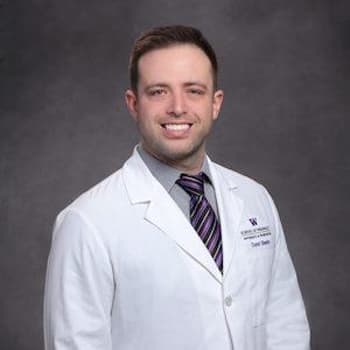Finding treatment for Xanax addiction can help you or a loved one regain independence and long-term health.
Xanax is one of the most popular anti-anxiety drugs in the United States — and also one of the most commonly abused. Xanax is part of the drug class “benzodiazepines,” which are prescribed to treat anxiety disorders.
However, Xanax is often abused because it produces feelings of calmness and sedation. The calm is described as similar to the buzz from alcohol and can be psychologically and physically addictive. If you think you or someone you’re close to may be living with a Xanax addiction, there are Xanax rehabilitation options available.
Xanax Abuse and Addiction
Anxiety and panic disorders may be caused by an imbalance in certain neurotransmitters. Neurotransmitters are chemicals that brain cells use to speak with each other.
Xanax works by mimicking the effects of the neurotransmitter GABA. Typically, GABA slows or stops messages in the brain. By mimicking GABA, Xanax slows specific signals and stabilizes brain activity. The brain and body interpret these as feelings of calmness, lethargy and pleasure.
Regular Xanax use leads the brain cells becoming accustomed to its presence. In response, brain cells will decrease GABA receptors and react less to the same amount of stimulus. This effect is called dependence.
When someone is dependent on Xanax, they must take it to feel normal and avoid uncomfortablewithdrawal symptoms. When this behavior begins to have harmful impacts on everyday life, substance use disorder (SUD) is the result. A change in usage could result in extreme withdrawal symptoms.
While Xanax abuse and addiction can have a significant negative effect on a person’s life, it can be managed with the appropriate treatment. With the proper care and program, a path to recovery is possible.
What Does Xanax Treat?
Xanax is the brand name for a prescription drug called alprazolam used to treatanxietyandpanic disorders.
Xanax belongs to the class of medications called benzodiazepines. Other drugs in this class can treat seizures, but Xanax is not prescribed for this reason because it is too short-acting to be effective. However, this short-acting property is what makes it useful as an as-needed treatment for panic and anxiety.
Why Do People Take Xanax?
People are prescribed Xanax to treat anxiety and panic conditions. Those without a prescription may take it for the calming and sedating effects. It produces a euphoric buzz that feels good to some people.
Xanax can be a dangerous drug when not used as directed. Xanax addiction is a common issue in the United States and dependency on the drug often starts with a prescription to treat anxiety or fear.
Since Xanax is a scheduled medication, using or possessing it without a prescription is a federal crime.
Xanax Addiction Treatment Options
If you or a loved one is suffering from Xanax addiction and abuse,The Recovery Villagecan help you make the changes necessary to begin the path to recovery. While Xanax treatment options vary from center to center, there are a fewcommon elements. They help the individual:
- Work through initial withdrawal symptoms
- Address any co-occurring mental health disorders, such as anxiety or panic attacks
- Understand the roots of their substance use disorder
- Learn coping strategies needed to continue recovery after leaving a professional Xanax rehabilitation setting
At The Recovery Village, rehabilitation begins with an assessment from a well-trained medical professional. A person living with a Xanax addiction will then undergomedically supervised detoxification. Detoxification includes the withdrawal process, which can be a temporarily unpleasant but necessary part of the process. Our medical staff closely monitors patients during this time to ensure a safe and secure withdrawal from Xanax.
Following detoxification, patients may participate in varying levels of care and specialized therapy for a Xanax addiction, including: Inpatient rehabilitation, outpatient rehabilitation and group therapy.
Find Help for Xanax Abuse
The Recovery Villagehas rehabilitation centers throughout the country that offer Xanax treatment, including detoxification, inpatient, intensive outpatient, outpatient and aftercare programs.
If you or a loved one is living with Xanax addiction, help and healing are closer than you think.Call The Recovery Villageto speak with a representative who can answer your questions about treatment and help begin the path to recovery.
















